【Japanese Fruits】6 Recommended Fruit Picking Experiences for Summer Brand Fruits
When you think of summer fruits in Japan, what comes to mind? In Japan, a variety of fruits such as peaches, grapes, watermelons, and melons are in season during the summer. Among these, there are special "brand fruits" known for their exceptional taste, fragrance, and sweetness. These premium fruits are highly regarded and are popular overseas as well.
In this article, we will introduce the main production areas and varieties of these fruits, their nutritional benefits, and recommended ways to enjoy them. We also propose tours where you can experience fruit picking. Enjoy the delicious fruits and make the most of your summer this year.
*Purchasing or reserving products featured in this article may result in a portion of the sales being returned to FUN! JAPAN.
Peaches
Originally cultivated in China, peaches were prized in ancient China as an "immortal fruit" that bestowed longevity. They are believed to have been introduced to Japan during the Yayoi period (around 300 BC to 300 AD).
While initially grown for medicinal and ornamental purposes, peaches began to be widely consumed during the Meiji era (1868-1912). The first Japanese variety, Hakuto, was discovered in Okayama Prefecture in 1899. Subsequently, other famous varieties such as Hakuhou, Akatsuki, and Kawanakajima Hakuto emerged. Today, over 100 varieties are cultivated nationwide, with an annual harvest of approximately 110,000 tons.
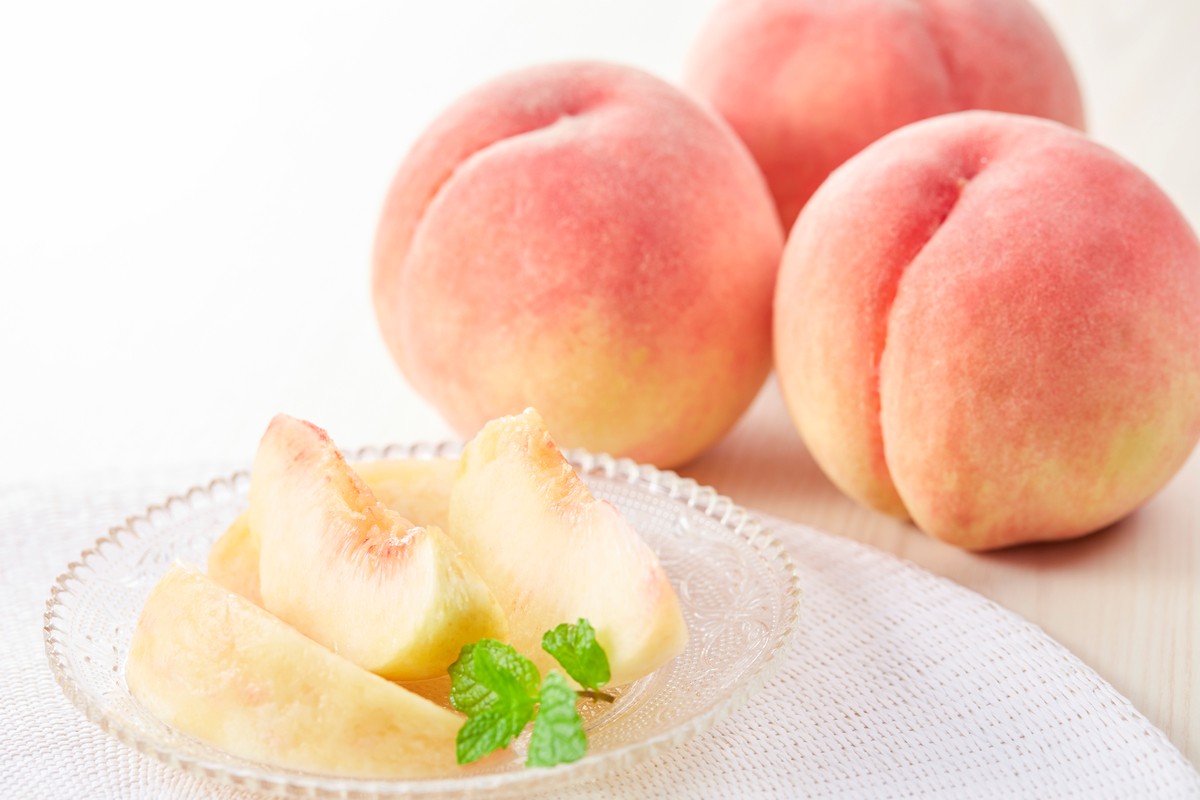
Main Production Areas
Yamanashi, Fukushima, Nagano, Yamagata, Wakayama, Okayama (these 6 prefectures account for about 80% the national production)
Famous Varieties & Brands
Kawanakajima Hakuto, Shimizu Hakuto, Hakuhou, Kasugai, Akatsuki, Golden Peach, Nectarine, etc.
Harvest Season
Early varieties around May to June, mid-season varieties around July to August, late varieties around September to October
How to Choose and Determine the Ripeness
①The skin color is deep.
②The skin has fine fuzz and a strong fragrance.
③For peaches that are not yet ripe, wrap them in newspaper and store them in a cool, dark place to ripen.
Key Nutrients in Peaches
①Potassium: Helps prevent high blood pressure and reduces swelling.
②Pectin (a type of dietary fiber): Supports the function of gut bacteria and has a laxative effect.
③Vitamin C: Helps white blood cells function and boosts immunity.
Delicious Ways to Eat & Prepare
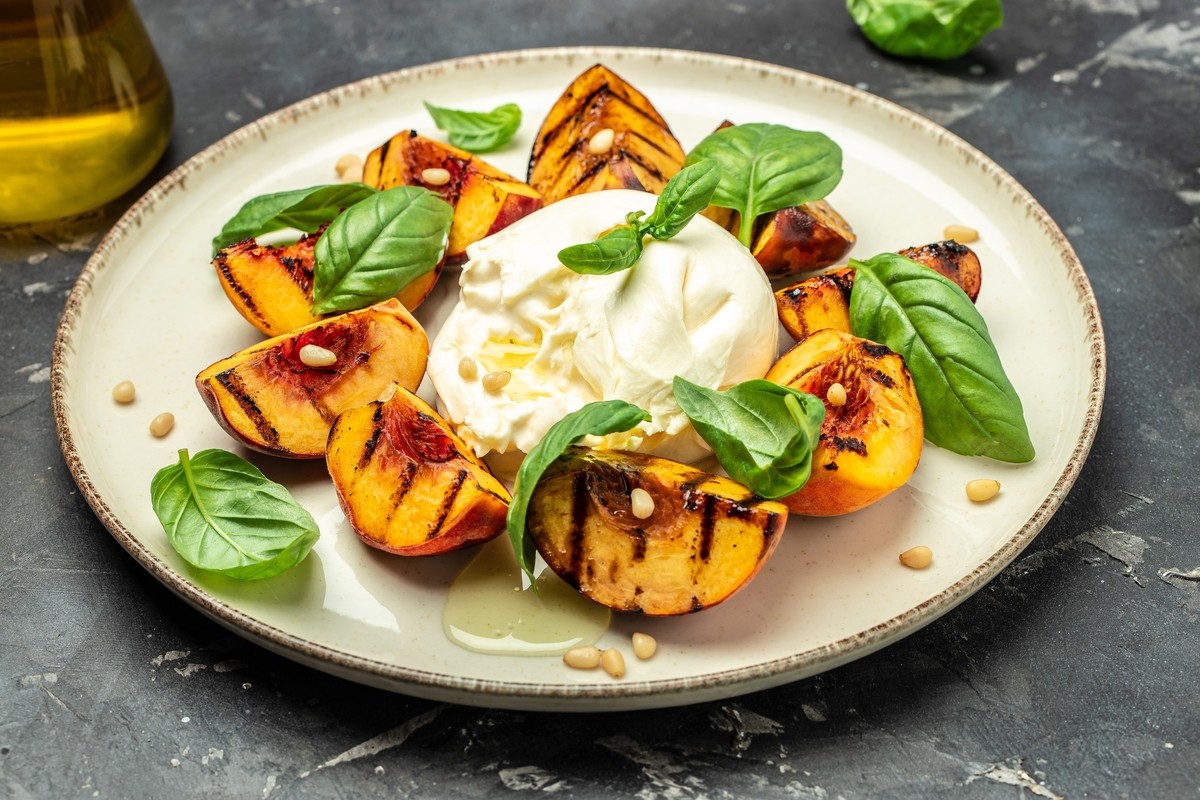
①Eat with the skin: The area between the skin and the flesh is the sweetest, and it is also rich in pectin
②Peach Compote: Even hard, not-so-sweet peaches can be made delicious
③Peach Caprese: A stylish appetizer with peaches and mozzarella cheese
All-You-Can-Eat Peach Picking Tours
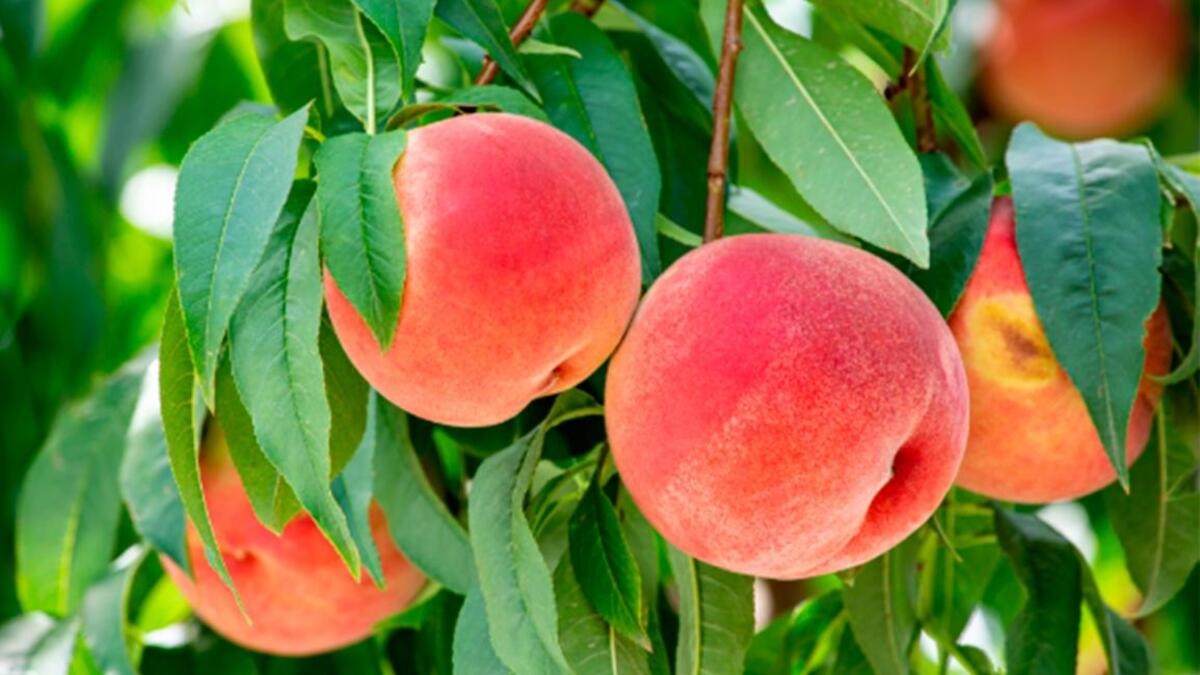
Grapes
Grapes are believed to have originated from their native region and traveled along the Silk Road, arriving in Japan during the Nara period (710-794). After the Meiji era, the government introduced many varieties from Europe and America to promote industrial development. However, European varieties failed to thrive in Japan's hot and humid climate, leading to the cultivation and development of varieties imported from America across various regions.
While 70% of the world's grape production is used for winemaking, in Japan, 90% of grapes are consumed fresh.
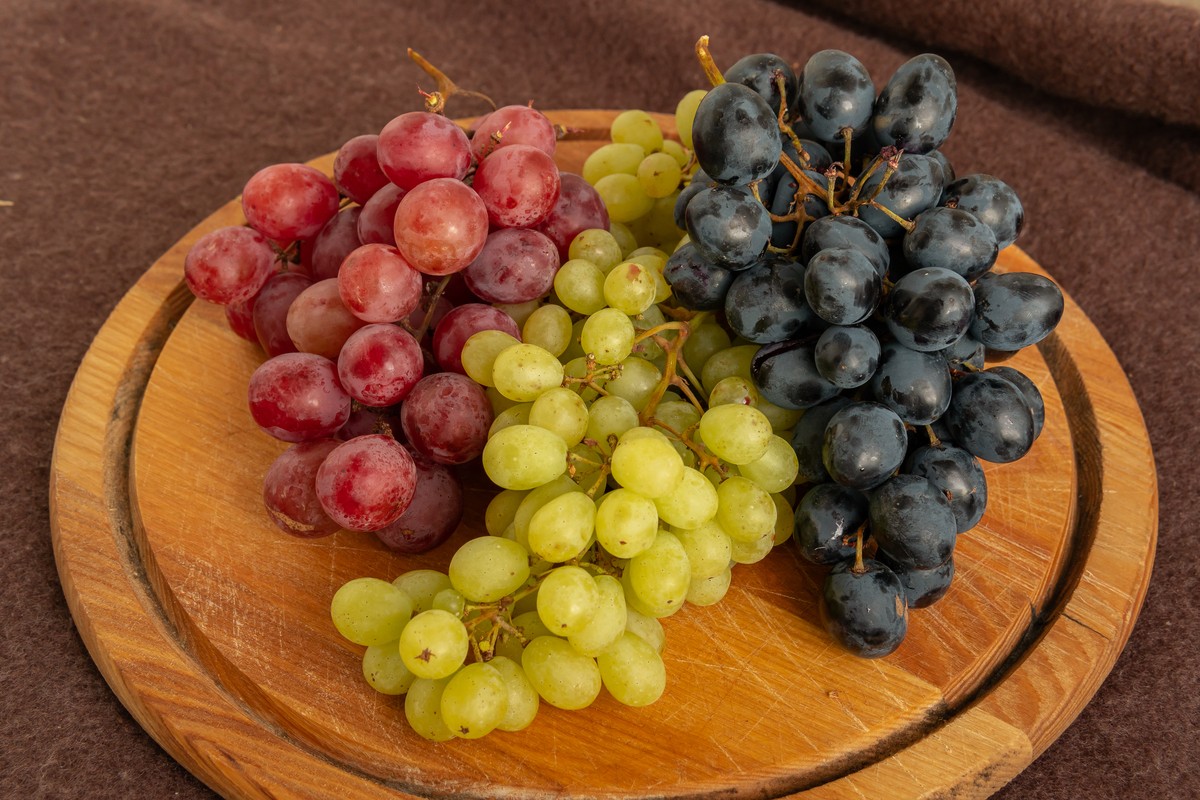
Main Production Areas
Yamanashi, Nagano, Yamagata, Okayama (these four prefectures account for about 60% of the total production in Japan)
Famous Varieties & Brands
Shine Muscat, Kyoho, Pione, Ruby Roman, Fujiminori
Harvesting season
Generally from August to October
How to Choose and Determine the Ripeness
①The color is deep, and the skin is firm.
②The skin has a bloom (powdery coating).
③The stem is thick and not discolored brown.
Key nutrients in grapes
①Anthocyanin (a type of polyphenol): Antioxidant, cancer prevention, and improvement of eye function can be expected
②Glucose: It is the energy source for moving the body and brain
③Vitamin B group: Also known as "metabolic vitamins", they help break down fatigue substances such as lactic acid
Delicious Ways to Eat & Prepare
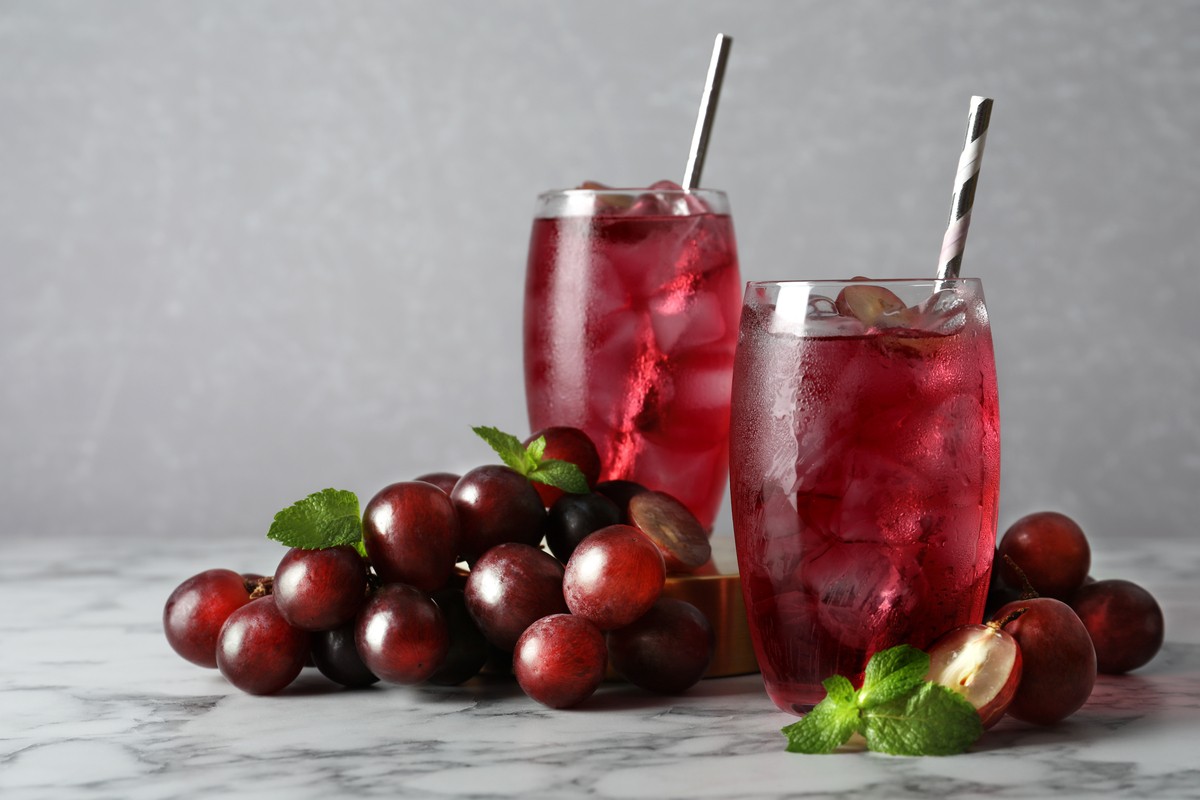
①Eat with the skin: Rich in polyphenols and other nutrients, and you can enjoy the texture of the skin.
②Soak in sparkling water: The fizzy, refreshing flavor is perfect for summer.
③Grape candy: Thinly coated with candy, resembling little jewels.
All-You-Can-Eat Grape Picking Tours
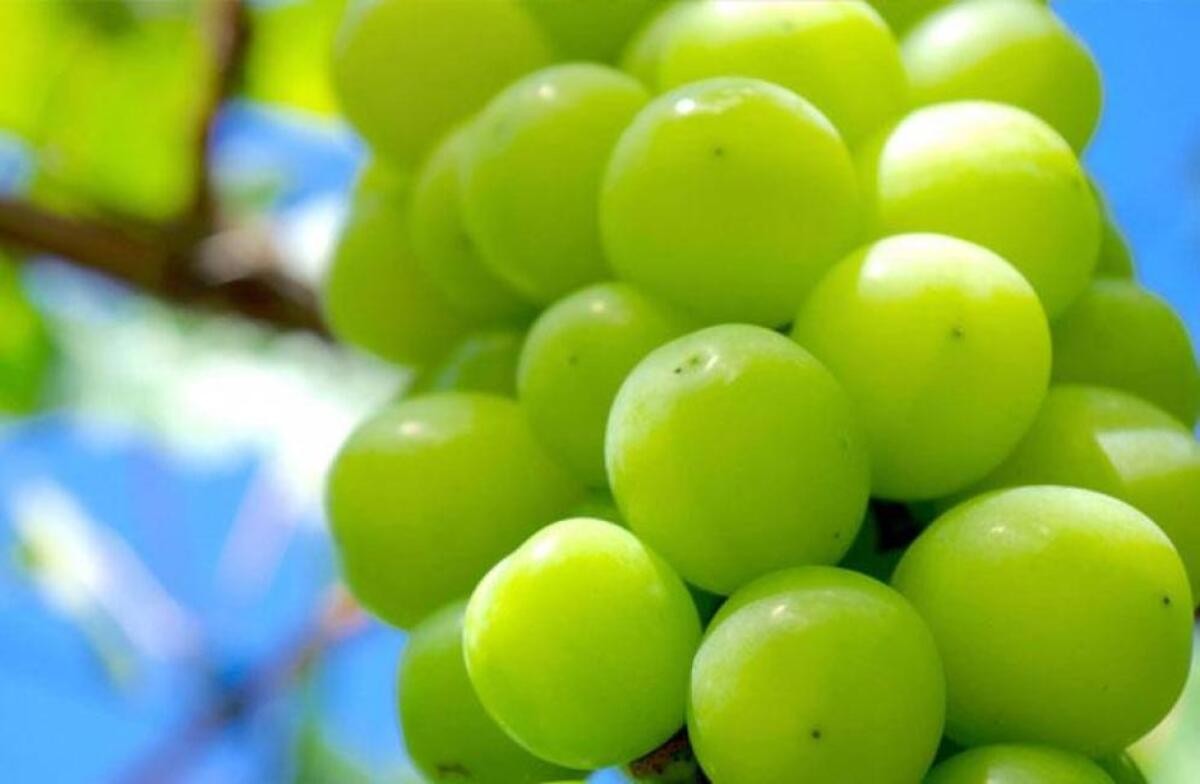
Watermelon
The origin of watermelon can be traced back to Africa around 5000 BC. Watermelons are depicted in the wall paintings inside the pyramids of Egypt, where they were cultivated not for their flesh but for their seeds.
The period when watermelons were introduced to Japan is difficult to determine, and there are various theories about the process. By the early Edo period (1603-1868), they were already widely cultivated. Various varieties were subsequently introduced from America and China, leading to advancements in breeding. Today, there are over 20 varieties of watermelons available in the Japanese market, with large, red-fleshed watermelons being the most common.
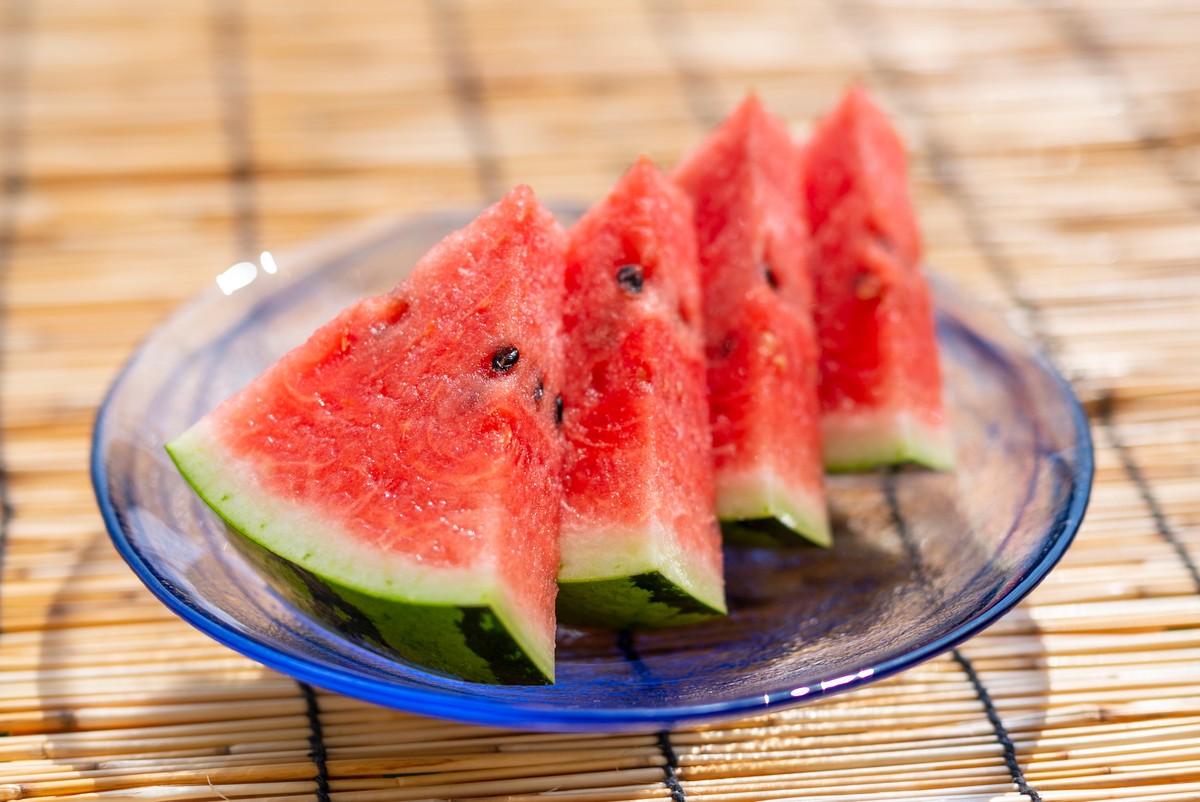
Main Production Areas
Kumamoto, Chiba, Yamagata
Famous Varieties & Brands
Densuke Watermelon, Obanazawa Watermelon, Daiei Watermelon, Golden Luo Huang
Harvest Season
From July to August
How to Choose and Determine the Ripeness
① It feels heavy for its size.
②The skin is glossy, and the green stripes are distinct.
③The base of the stem is indented, with a raised area around it.
④ A large brown scar at the bottom indicates ripeness.
Key Nutrients in Watermelon
① Beta-Carotene: Helps maintain the health of the skin and mucous membranes.
② Citrulline: Said to dilate blood vessels and improve blood flow.
③ Lycopene: Expected to have effects such as preventing skin aging and spots.
Delicious Ways to Eat & Prepare
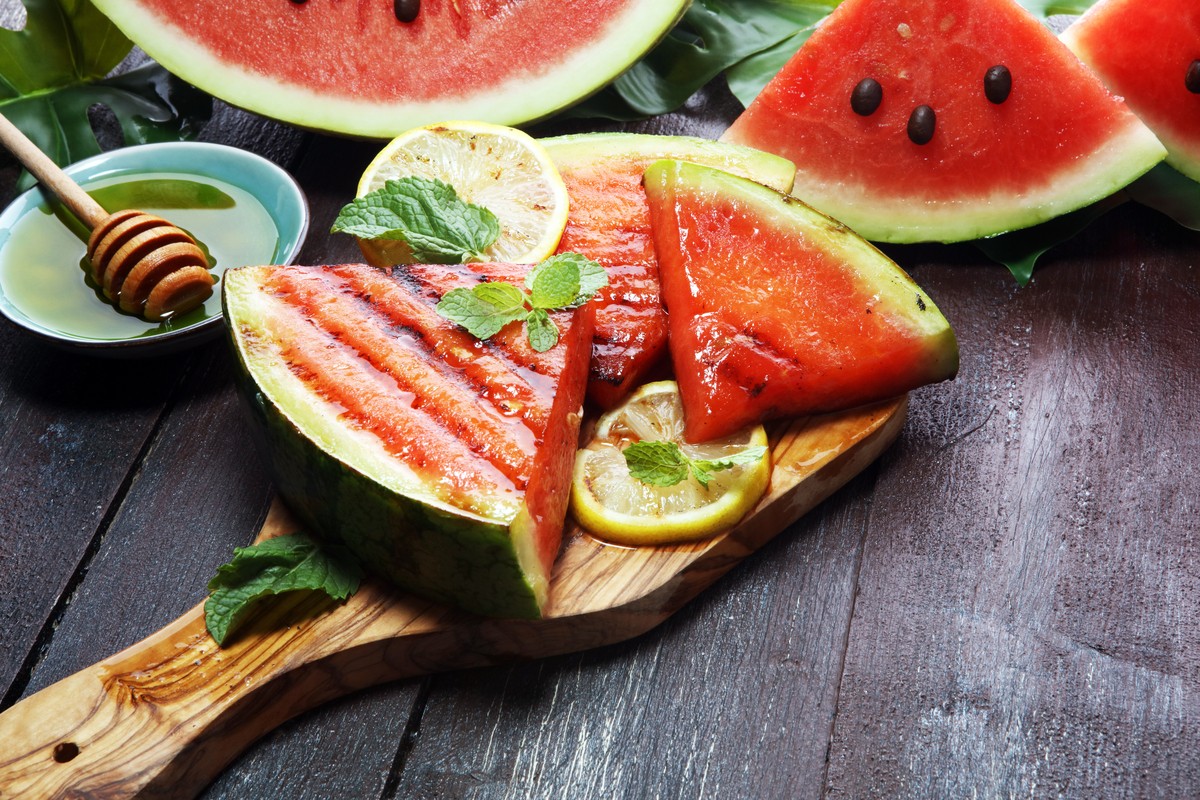
①Grilled Watermelon: Slice the watermelon and grill both sides until charred.
②Pickled watermelon rind: Enjoy the crunchy texture.
③Whole Watermelon Jelly: A simple dessert that parents and children can make together.
Melon
The origin of melons is subject to various theories, with Africa and India being commonly cited, and they have been cultivated since ancient times. In Japan, the oriental variety known as "makuwauri" was first introduced from China and is believed to have been cultivated as early as the Yayoi period. In contrast, Western varieties of melons were introduced in the mid-Meiji era, and greenhouse cultivation began from the late Meiji to the Taisho period (1912-1926).
Melons were considered a luxury item at the time and were not easily accessible to the common people. However, the "Prince Melon," released in 1962 to commemorate the marriage of the then Crown Prince, made melons a familiar fruit that could be enjoyed by ordinary households.
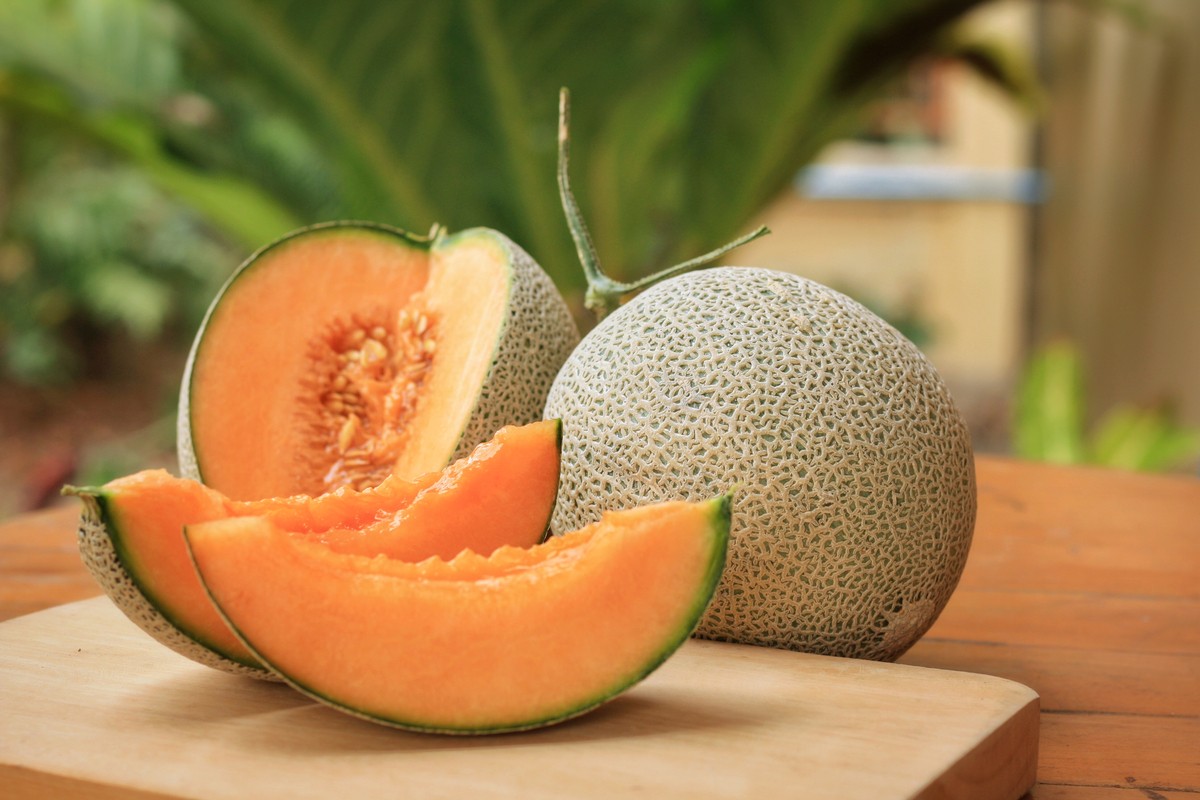
Main Production Areas
Ibaraki, Hokkaido, Kumamoto
Famous Varieties & Brands
Yubari Melon, Raiden Melon, Earl's Melon, Crown Melon, Prince Melon
Harvest Season
May to July
How to Choose and Determine the Ripeness
①The netting is fine
②The vine is wilted
③It has a sweet aroma
Key Nutrients in Melon
①Vitamin C: Helps white blood cells function and boosts immunity.
②Potassium: Expected to help prevent high blood pressure and reduce swelling.
③β-Carotene: Helps maintain the health of skin and mucous membranes.
Delicious Ways to Eat & Prepare
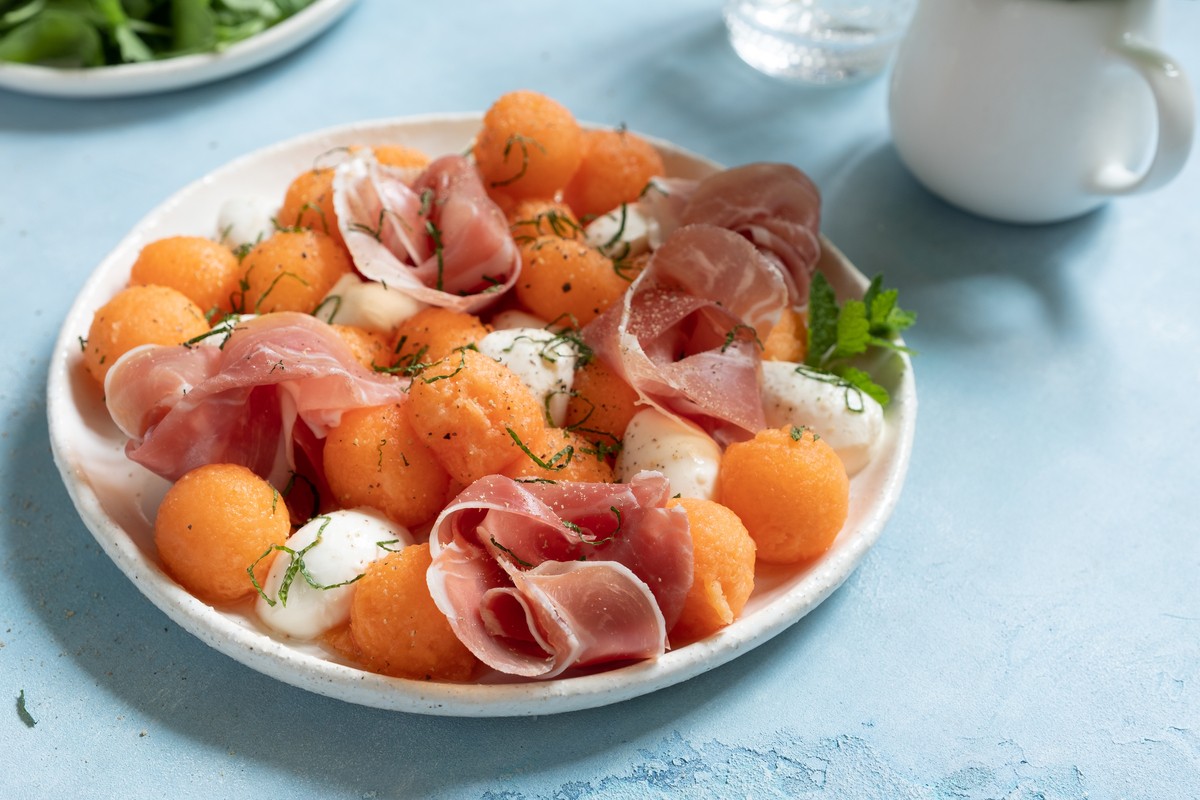
① Prosciutto and Melon: A traditional appetizer from Italy and Spain
② Melon Curry: A local curry from Ibaraki and Hokkaido. Its fruity taste is addictive.
③ Whole Melon Cake: A stylish dessert made by hollowing out a melon and filling it with sponge cake, fruit, and fresh cream.
All-You-Can-Eat Melon Picking Tours
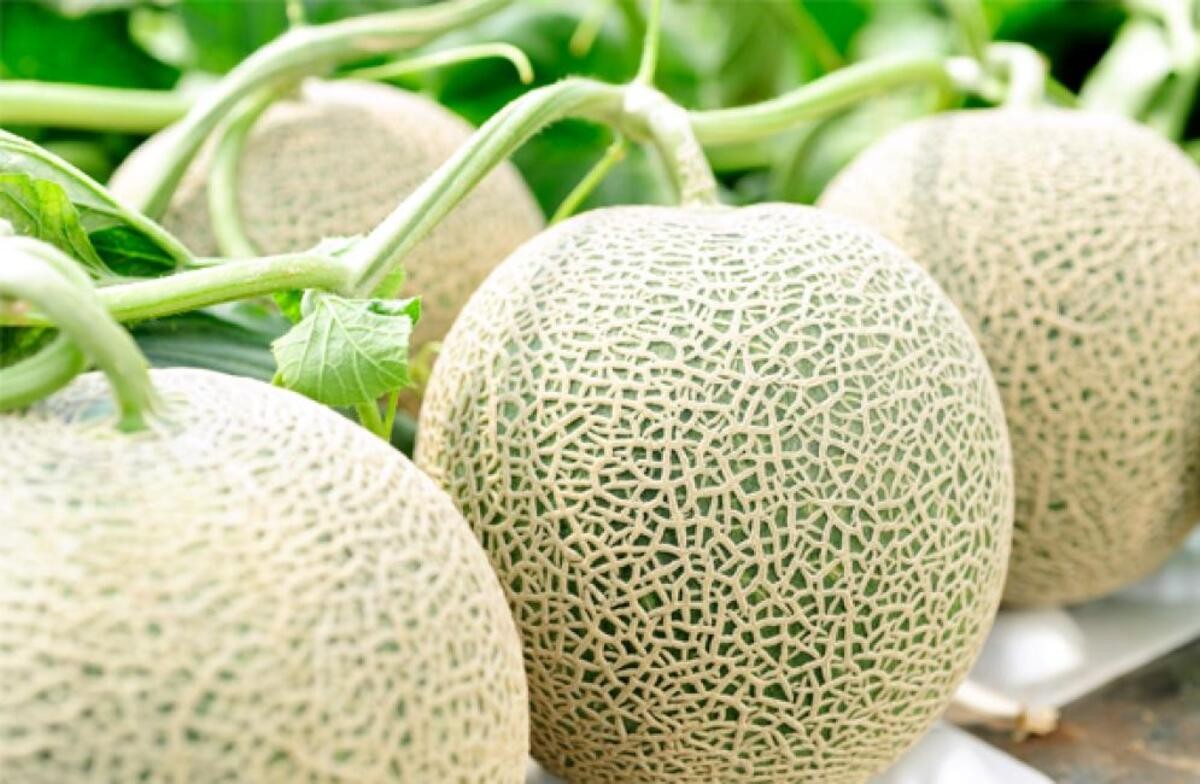
Mango
Mangoes are believed to have been cultivated in India around 4000 years ago. They are mentioned in Hindu scriptures and Buddhist texts, indicating a deep connection with religion.
Mango cultivation was introduced to Japan during the Meiji era. However, at that time, mangoes struggled to bear fruit due to their flowering season coinciding with the rainy season, and anthracnose disease was also an issue, making commercial cultivation difficult. It was only after the introduction of rain-shielding greenhouse cultivation around 1970 that mangoes could reliably produce fruit, leading to the establishment of economic cultivation.
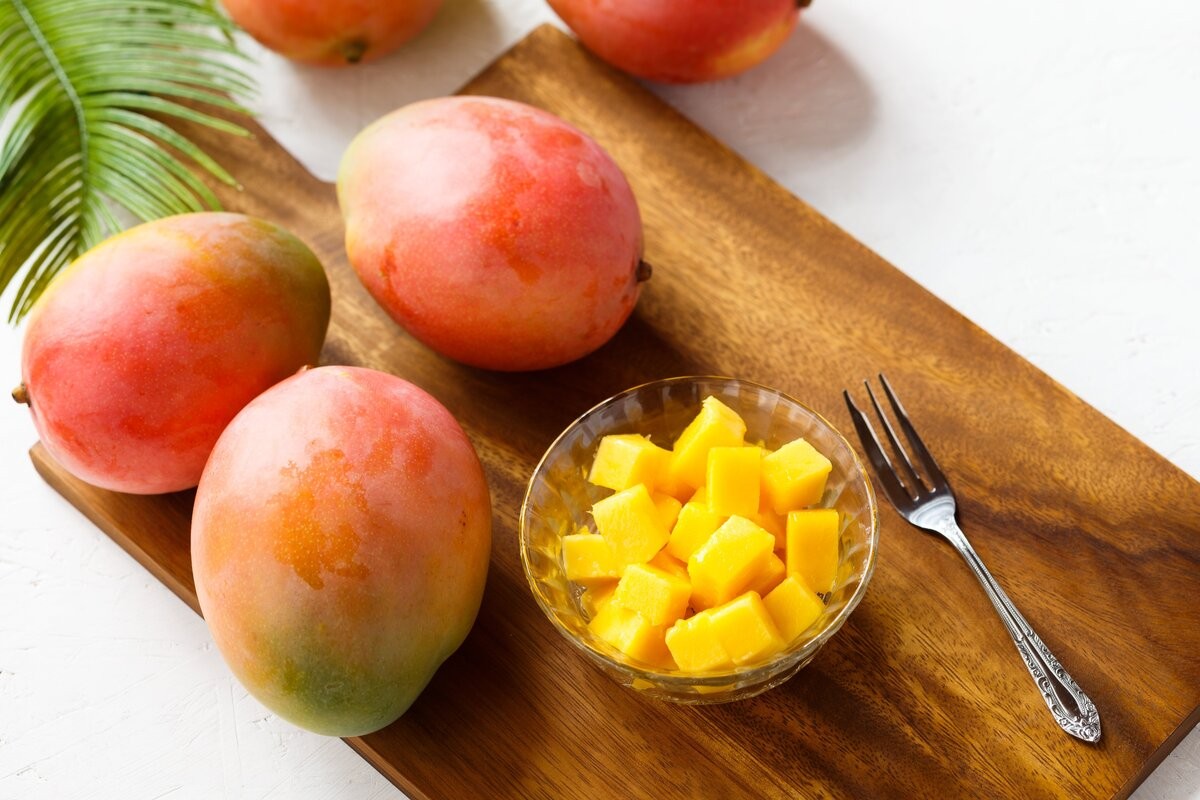
Main Production Areas
Okinawa, Miyazaki, Kagoshima
Famous Varieties & Brands
Apple Mango (Irwin variety), Keitt Mango, Egg of the Sun
Harvest Season
May to August (Japan)
How to Choose and Determine the Ripeness
①The flesh is soft (avoid those with black spots as they may be overripe).
②It has a sweet fragrance.
③The surface has a bloom (powdery coating).
Key Nutrients Contained in Mangoes
①Vitamin C: Helps the function of white blood cells and boosts immunity.
②Vitamin E: Known as the "rejuvenation vitamin," it is said to promote blood circulation and have antioxidant effects.
③Folic Acid: A nutrient that helps in the formation of red blood cells.
Delicious Ways to Eat & Prepare
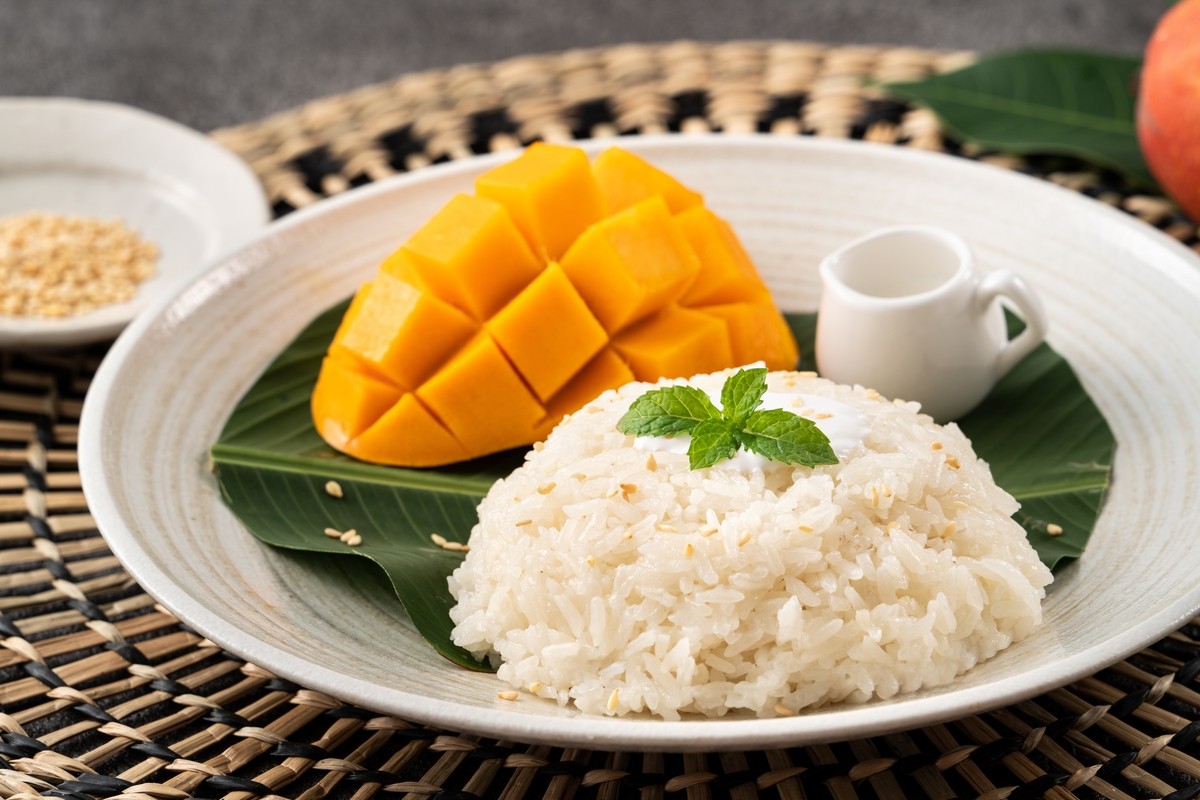
①Mango Lassi: A popular Indian yogurt drink that helps improve gut health.
②Khao Niao Mamuang: A Thai dessert made with mango and coconut milk-flavored sticky rice.
③Mango Ceviche: A marinated salad of mango with seafood such as shrimp and salmon.
Cherries
The origin of cherries is believed to be Asia Minor (present-day Anatolian Peninsula), where wild varieties were likely consumed around 3000 BC. There are two major groups of cherries: the European (sweet cherries and sour cherries) and the East Asian (Chinese cherries). The varieties cultivated in Japan belong to the former group and are suitable for fresh consumption due to their strong sweetness.
Cherries were introduced to Japan during the Meiji era, with numerous varieties being brought from America and Europe. Cherry cultivation subsequently spread in regions such as Tohoku, Hokkaido, and Koshin.
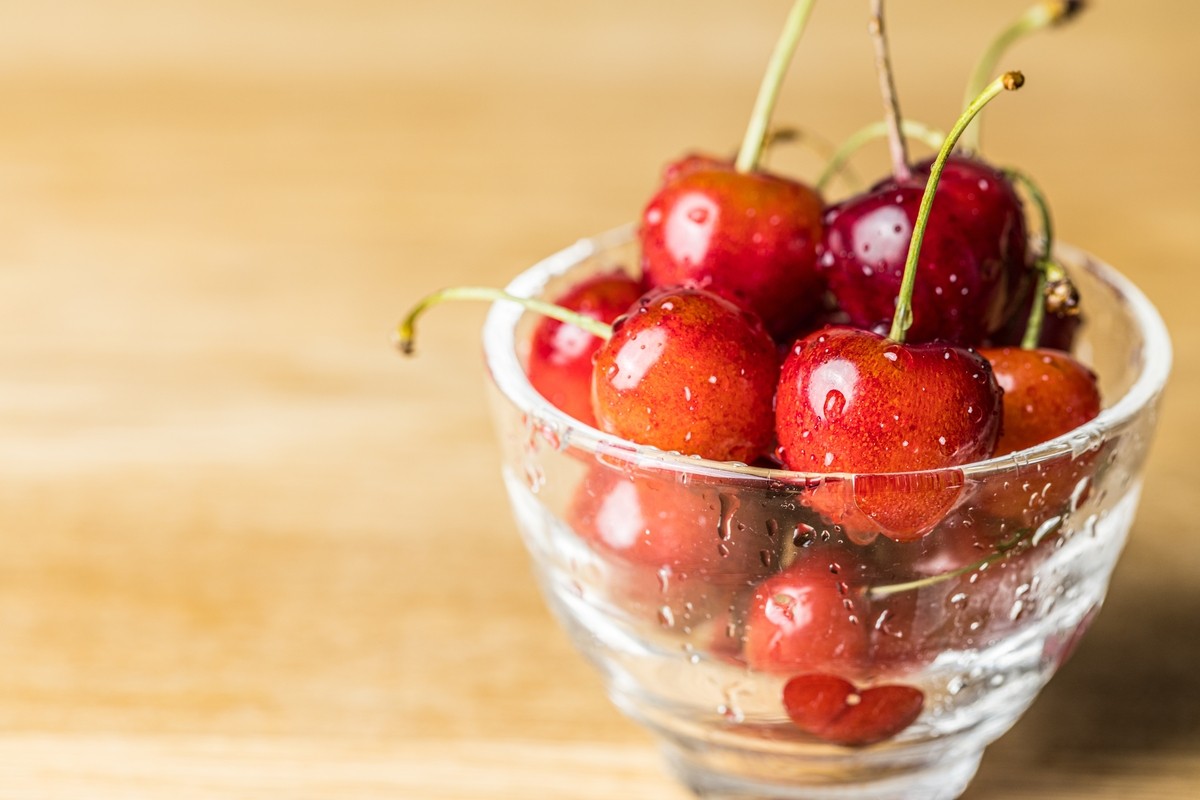
Main Producing Areas
Yamagata (about 80% nationwide), Hokkaido, Yamanashi
Famous Varieties & Brands
Sato Nishiki, Beni Shuho, Beni Sayaka, Napoleon
Harvest Season
Greenhouse cultivation: Early April to early June, Field cultivation: Mid-June to late July
How to Choose and Determine the Ripeness
①The skin is bright red, firm, and glossy.
②The surface is free of blemishes or discoloration.
③The stem is thick and green.
Key Nutrients Contained in Cherries
①Vitamin E: Known as the "rejuvenation vitamin," it is said to promote blood circulation and have antioxidant effects.
②Iron: Helps prevent iron-deficiency anemia and maintains skin health.
③Anthocyanin (a type of polyphenol): Expected to have antioxidant properties, prevent cancer, and improve eye function.
How to Choose and Determine the Ripenes

①Cherry Clafoutis: A traditional French dessert with a texture similar to firm custard.
②Black Forest Cake: A German dessert with cherries soaked in Kirsch, offering a sophisticated flavor.
③Cherry Bonbon: Cherries soaked in alcohol and coated with chocolate.
All-You-Can-Eat Cherry Picking Tours
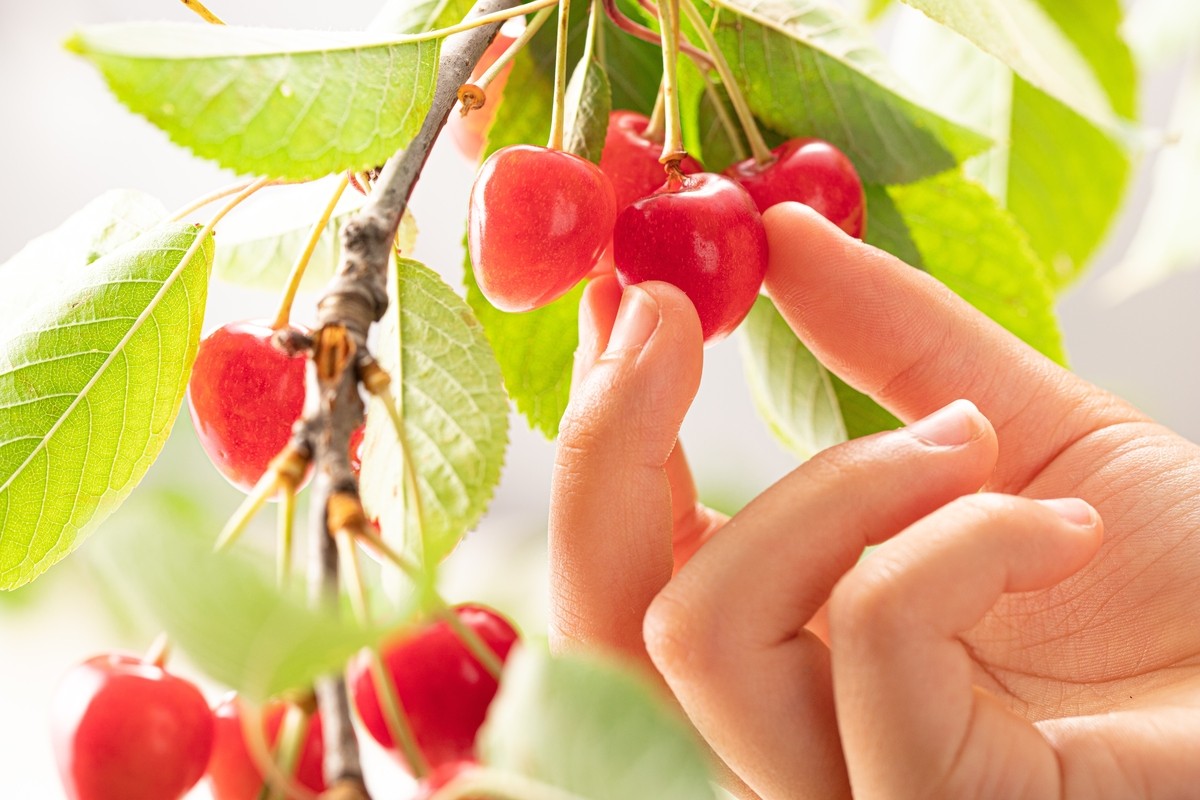
👉【Klook】Ohashi Cherry Orchard Admission + Fruit Picking Experience Ticket (Ashibetsu)
